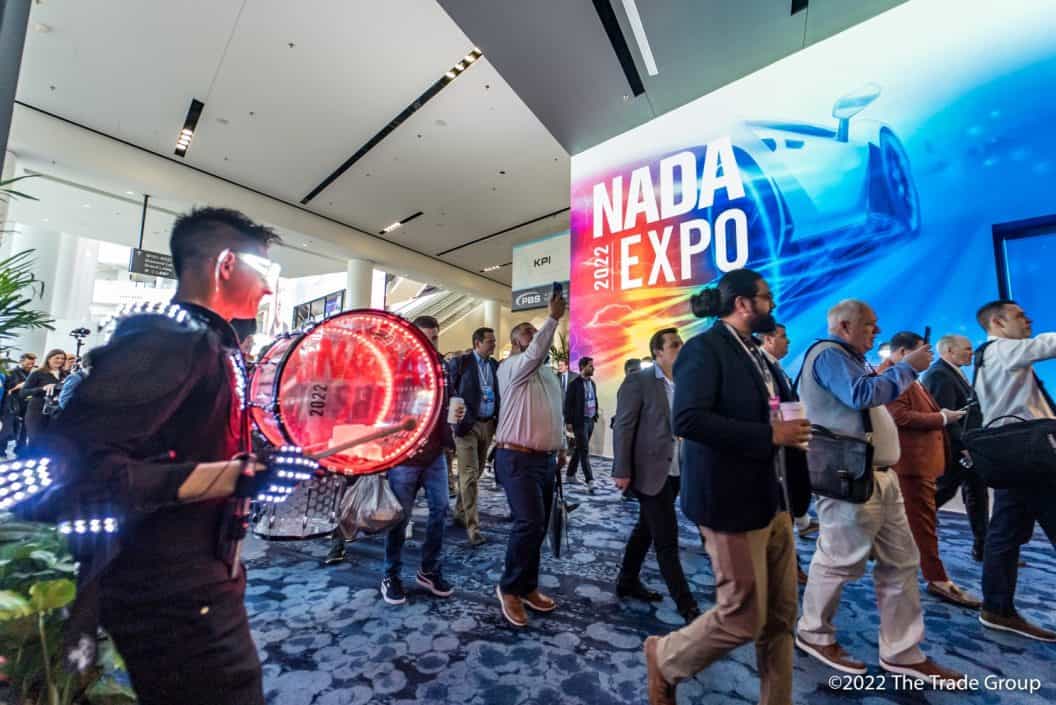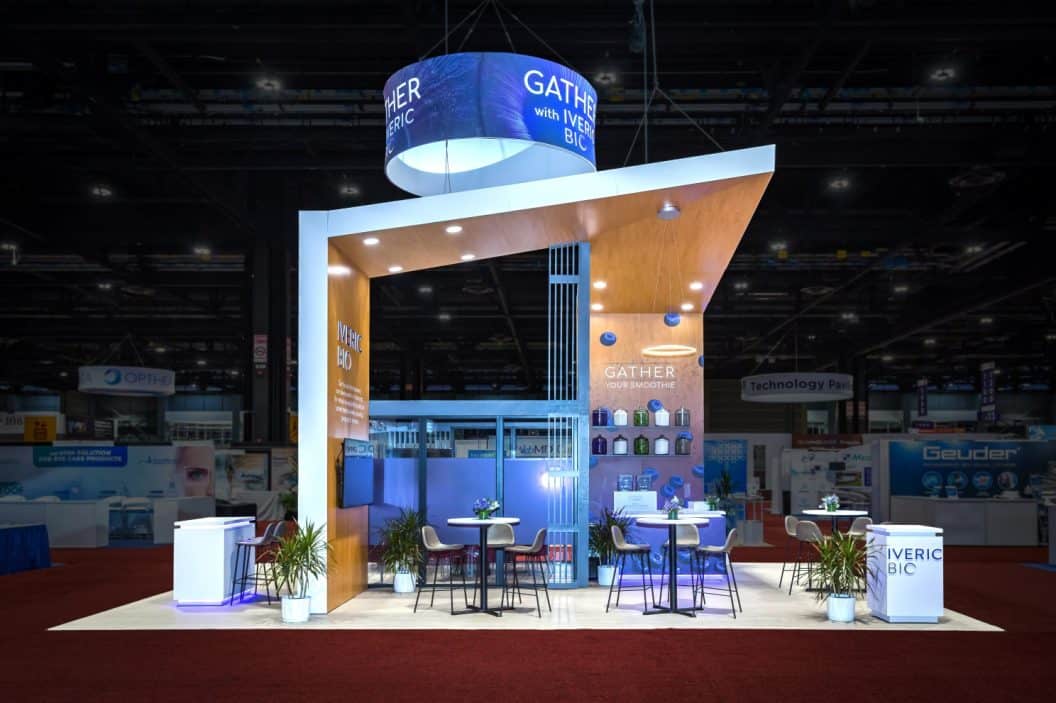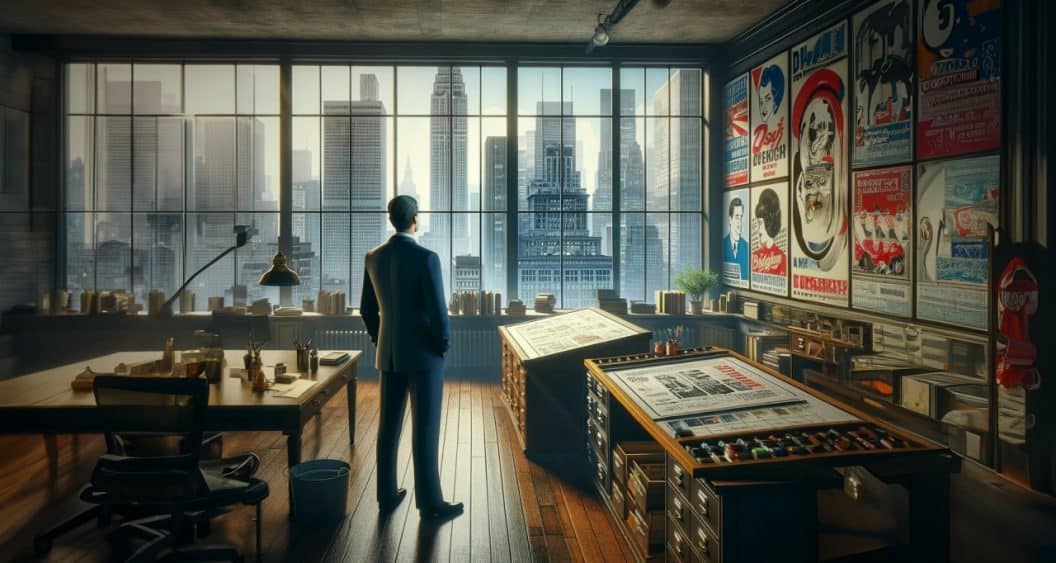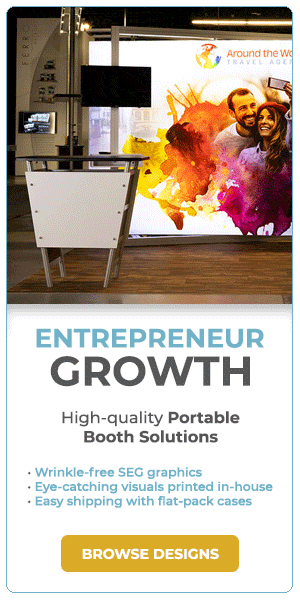Earlier this week, I was reminded of this famous David Ogilvy quote: “Your customer is not a moron. She’s your wife.” What Ogilvy meant by this is that buyers have built-in BS detectors.
Marketing professionals (like myself) are tempted to forget this when analyzing the primary audience through the lens of statistics—we start feeling we somehow know exactly what they want and think we can get away with cheesy sales tactics or gimmicky advertising.
As exhibitors prepare for a hectic trade show season, hoping to forge new partnerships and clinch deals, they must remember that today’s attendees are savvy, discerning, and, yes, a bit skeptical.
As a society, we have agreed that trade shows are an appropriate time and place to pursue business opportunities, so why does it feel like attendees are skirting around booths? One possible reason is that you might (unintentionally) be treating them like morons.
Here are a few obvious tricks attendees can detect miles away:
- Cheap Promotional Items (e.g., pens and bouncy balls that are discarded after the show)
- Scripted Conversations (e.g., relying too much on a rehearsed pitch)
- Whiz Bang Technology (e.g., touch screens that are fun but serve no purpose to the central message)
- Poorly Designed Exhibit (e.g., minimal set-up and effort that lacks a clear message)
- Overreliance on the Exhibit (e.g., staff that are eating inside the booth, on their phones, or talking with other staff)
Though trade shows are a place set apart for business, attendees still guard their time, their information, and their pocketbooks. Of course, if you play according to the law of averages, you will still get leads and sales from a large enough trade show if you are guilty of two or even three of the above tricks.
However, going above and beyond is necessary to gain a competitive edge in 2024. Below are five highly practical things you can do to improve your trade show strategy this year.
Attendee Research

Before exhibiting at the show, read through the event’s prospectus. Inside, there should be statistics about the number of attendees, the percentage with buying authority, and job titles.
Deeper means of research include social listening. Here’s a fairly standard procedure:
- Enter last year’s event hashtag (e.g., #CES2023) in social media platforms to see what attendees said and who they engaged with from the show.
- Find recap articles from last year’s event.
- Hop on chat platforms like Reddit (e.g., Samsung introduces the world’s first transparent MicroLED screen at CES 2024 : r/BeAmazed (reddit.com) (If you have ChatGPT, you can insert a link of the chat and prompt it to write a summary of the discussions in bullet point format)
- Request connections with your target buyers who attended the event on LinkedIn.
- Call event management to see if they offered any additional insights into attendees at the show beyond.
- Speak with the sales team/booth staff about their experience talking with attendees last year.
- Send a survey to last year’s leads about why they stopped by your booth at the event (offering incentives such as gift cards helps).
Unfortunately, many exhibitors feel that their absence from trade shows is felt more than their presence. Flipping this script begins with a strategic message informed by research.
As you practice social listening, ask what kind of words/phrases attendees use and how you can address their problems in a way that resonates with them.
Selective Attraction

A full booth is only useful if it is full of quality prospects.
Selective attraction is an exhibit design strategy that seeks to drive the right kind of traffic to your booth. At every trade show, at least one booth is giving away promotional items that attendees stand in line for only to speed away before talking to booth staff.
Of course, if the goal is to sell a consumer product like shoes or food, having a mass attraction strategy might be the way to go. However, with B2B, being selective about who you talk with in your booth saves time and increases your odds of securing deals.
While conducting attendee research, think about what will attract the ideal buyer.
Competitor Benchmarking

Trade shows also offer insight into competitor’s products and strategies. Competitor benchmarking for trade shows includes the following items
- # of Shows Competitors Exhibit In
- Presentation and Product Demos
- Booth Size and Location
- Product Pricing
- Buyer’s Interest and Sales Techniques
Benchmarking helps set attainable goals and find a product’s competitive edge.
Need help crafting a compelling message and competitor benchmarking at trade shows? Check out The Trade Group’s ABM services here.
Refine Your Message

It takes time to refine your message. Check out the famous public-speaking quote below.
“If you want me to speak for an hour, I am ready today. If you want me to speak for a few minutes, it will take me a few weeks to prepare.”
There is debate on whether Mark Twain said this, but regardless, it rings true. The word choice matters immensely if you only have five minutes—or 30 seconds. What are your booth graphics going to say? Your TV monitors? Your staff’s elevator pitch?
The central message needs constant refinement and testing. There are a variety of things you can do in 2024 to refine a value proposition, such as A/B test messaging in emails and social media posts and hiring a research agency to conduct surveys with current and past clients.
Partner with a Reputable Exhibit House

Exhibit houses specialize in creating engaging, memorable booth designs that align with your brand’s message and values. They understand the nuances of trade show marketing and can provide invaluable advice on how to make your booth stand out.
When selecting an exhibit house, consider these items:
- Portfolio and Experience: Look at their past projects to gauge their creativity and expertise. Experience in your specific industry can be a plus
- Customization Capabilities: Ensure they can tailor their services to meet your unique needs and objectives
- Client Testimonials: Seek feedback from their previous clients to understand their reliability and the quality of their work
- Full-Service Offerings: Check if they provide comprehensive services, including design, fabrication, transportation, installation, and dismantling
- Collaborative Spirit: Designing an exhibit is no small venture, so partner with someone who doesn’t bring ego to the table but listens to your brand’s aspirations
If you’re already partnered with an exhibit house, ask them if they perform competitor benchmarking, attendee research, and messaging strategies.
A Final Word
An entire article could be written on each of these five tactics. I could dive deep into competitive benchmarking, from discovering your real competitors, which tools to use, how to piece together reports and craft a presentation, selective attraction strategies, and more.
For more insights and award-winning event strategies, contact our team of event specialists to design the perfect exhibit to amplify your brand. Connect with a team member here or give us a call at (800) 343-2005.
Photo Credit: Dall-E



